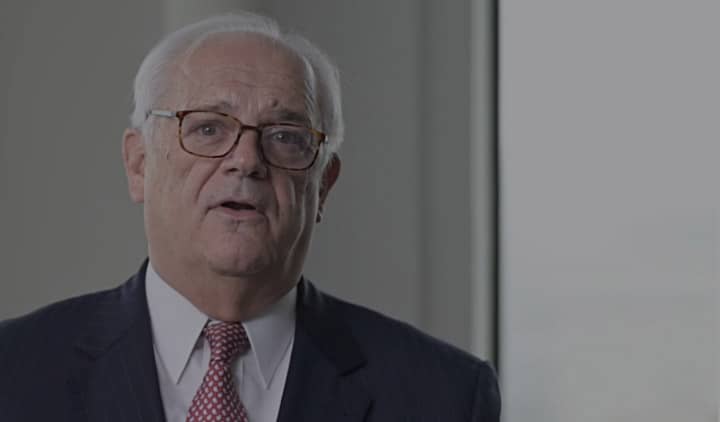During a prolonged labor, involving a breech delivery or a very large baby, forcing the infant through the birth canal can produce nerve damage as a result of stretching the baby’s neck. Known as “brachial plexus injury,” or “Erb’s palsy,” fetal injury of this type involves nerve damage, and results in the infant’s inability to move an arm. Where cephalo pelvic disproportion or very large babies are involved, healthcare providers must determine in advance whether or not a caesarian section delivery will be required in order to protect both mother and baby.
Trial And Settlement Lawyers For Children With Brachial Plexus Palsy
The San Francisco brachial plexus birth injury trial, settlement and mediation attorneys at Walkup, Melodia, Kelly & Schoenberger are skilled in reviewing the progress of a mother’s labor and identifying and recognizing signs or indications that a caesarian should have been performed in order to avoid brachial palsy stretch injury. Our attorneys and medical consultants review prenatal records, ultrasounds, medical records, delivery room records, and other medical evidence which may be helpful in trying to ascertain whether such an injury was preventable, or the product of medical negligence.
Our team of birth injury trial and settlement attorneys knows how to investigate cases of shoulder dystocia. Many times such an injury results from the use of excessive force or torque by an attending physician or midwife who improperly maneuver the child in order to release a stuck shoulder. Cephalo pelvic disproportion, and or failure to descend due to shoulder complications is the one of the most difficult obstacles which can occur during delivery.
Brachial Plexus Palsy Information
- When faced with such a complication, an attending medical professional must order an emergency caesarian section in order to free the child and avoid possible permanent injury. While some delivery maneuvers, avoiding placement to press on shoulder may be attempted (16 different maneuvers are taught to obstetricians in order to free a trapped shoulder). There is a risk that if that procedure is improperly performed, an Erb’s palsy can occur when a nerve tissue between the arm and shoulder is stretched, torn or ruptured.
- Many birth injuries resolve on their own, but a significant percentage of Erb’s palsy birth injuries result in permanent disability.
- Risk for brachial plexus injury include babies who are forecasted to be larger than 8 lbs. 14 oz.; mothers who have developed diabetes; mothers who have experienced substantial weight gain; pregnancy which has gone beyond 40 weeks; and, an extended or protracted second stage of labor.
- A child who suffers a brachial plexus stretch or rupture will demonstrate an inability to use the effective arm by laying on his or her side with no movement in the effective extremity. Erb’s palsy injuries are related to the neck, clavicle, shoulder and arm. Our attorneys recognize that any child afflicted with Erb’s palsy needs legal representation.
- Brachial palsy stretch injury may or may not spontaneously recover – and standard treatment involve exercise and physical therapy. Four out of five babies born with the condition may recover without a surgical intervention – but in one-fifth of the cases surgical procedures are necessary to increase arm function. Such surgery is usually delayed until a child is between six and twelve months old.
Talk To Us About Your Child’s Brachial Plexus Palsy
If your child has a brachial plexus birth injury because of a medical error, we want to hear your story. If medical negligence or medical malpractice was involved, we want to help. Contact our brachial plexus birth injury attorneys at Walkup, Melodia, Kelly & Schoenberger in San Francisco for a free consultation. Call us at (415) 981-7210.


